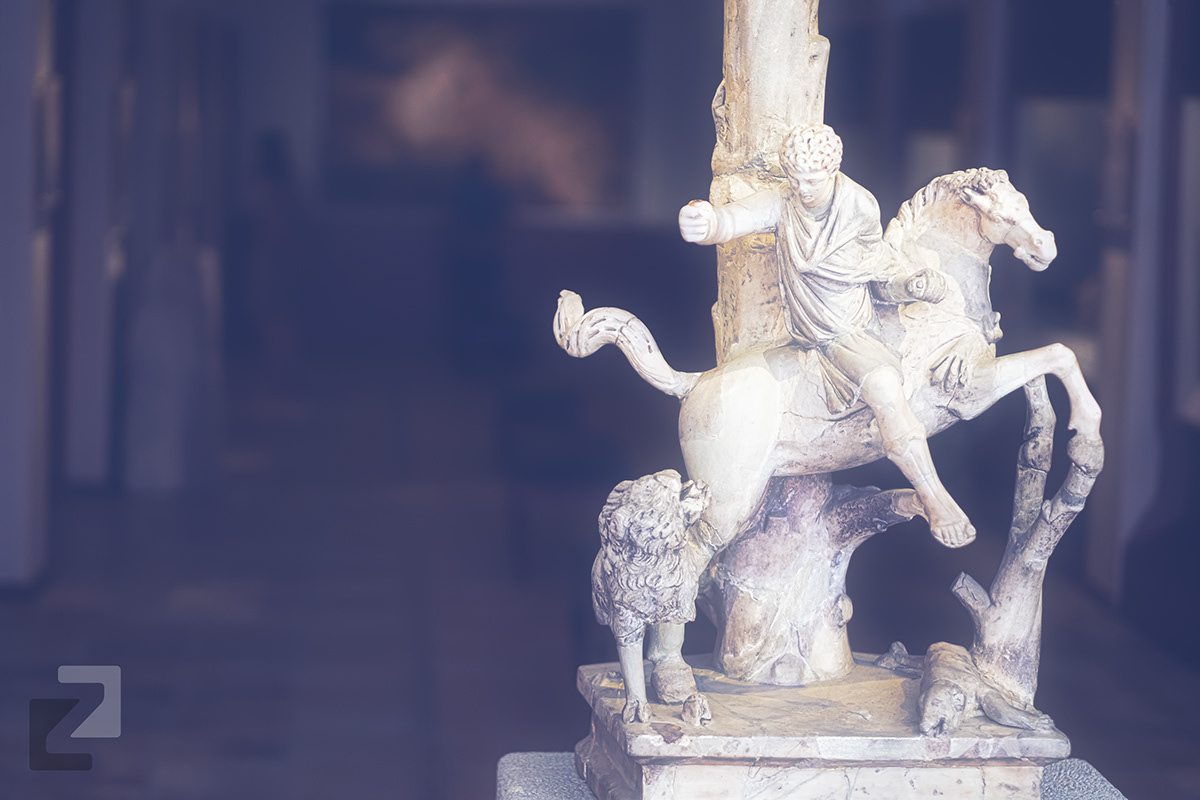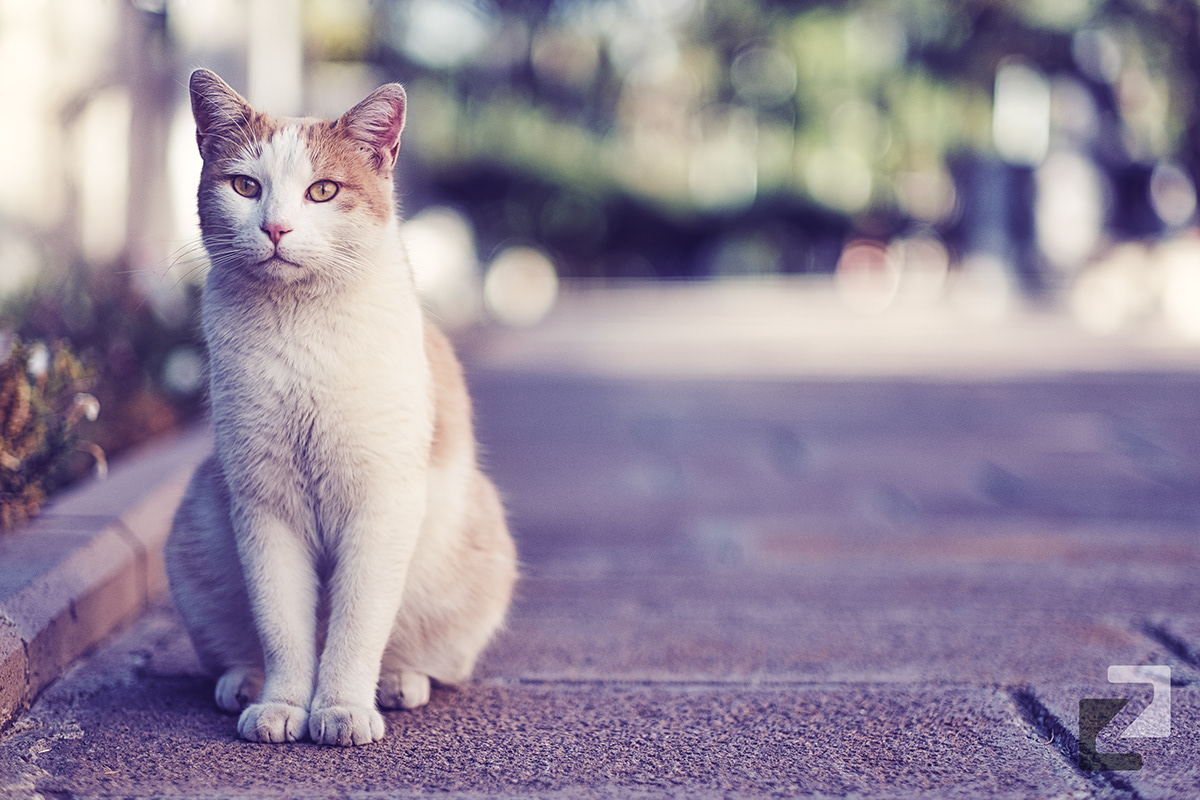Museum of Anatolian Civilizations
September 9th, 2017 at Ankara, Turkey
September 9th, 2017 at Ankara, Turkey


🡸 Homo Sapiens Cranium
Kadıpınarı Cave, Upper Paleolithic Period
Kadıpınarı Cave, Upper Paleolithic Period
An Interior Grave 🡺
Çatalhöyük, Neolithic Period
Çatalhöyük, Neolithic Period


🡸 Standing Goddess Figurine
Terra Cotta
Terra Cotta
Bull Statuette 🡺
Bronze, Grave of Alacahöyük
Second Half of 3rd Millennium B.C.
Bronze, Grave of Alacahöyük
Second Half of 3rd Millennium B.C.
The bull was considered a sacred animal during this era. It was likely to have been used as a symbol on a staff during ceremonies.

🡸 Female Statuette
Electrum-Gold, Hasanoğlan, End of 3rd Millennium B.C.
This represents a standing women. The body is made of electrum while the mask on the head, the breats and the bracelets on her wrists are made of gold. Both hands are placed on the abdomen, with bracelets on the arms. Her body is naked and there is a diagonal band made of gold on her chests, which probably represents a garment.
🡺 Breast-Feeding Female Statuette
Bronze, Horoztepe, End of 3rd Millennium B.C.
Made using casting technique. The woman suckles with her left breast while holding her baby with her right hand, which is passed between the baby's legs; she presses the child's head towards her chest. There are the examples made of precious metals and stones as well as of terracotta of these schematic female figurines, which constitute depicitions of the mother goddess in this era. A great majority of these idols was found in graves.

Hittite Relief Sculpted Orthostat Stone Panel of Royal Buttress
Basalt, Kargamış, 900-700 B.C.
Three figures each with a long dress, a thick belt and curly hair. The figure in front holds a spear with a broken tip in his left hand and a leafy branch in his right hand. The figure in the middle made his left hand a fist, and he carries a tool with his right hand at the level of his head. They are followed with a figure holding a sceptre in his left hand. All three have each a long sword at their waist. Against a grey art background.


Cybele
Phrygians worshipped many deities, but only one deity was decipted in human form. This is Goddess "Matar", whose name meant "Mother". Matar is referred with some attributes in Phrygian inscriptions. The origin of Cybele is probably "Kybeleia" meaning "mountain in Phrygian language.
Phrygian goddess Matar is always decipted as a standing upright, mature woman who looks forward; she wears a long dress and an elaborate polos, a veil flows down from the back of the headdress. She holds some objects in her hand showing her divinity. These are drinking cups or bowls, bird of prey, and a round object, probably a pomegranate.
Numerous statues and reliefs belonging to goddess are found at Boğazköy, Ankara, Gordion, and Midas's city taking placew in Mountainous Phrygia. The cult monuments dedicated to Cybele in Phrygia are dated between 9th-6th centuries B.C.

Marble Boar Hunt Statue
2nd Century B.C.

Bonus
Museum Cat




